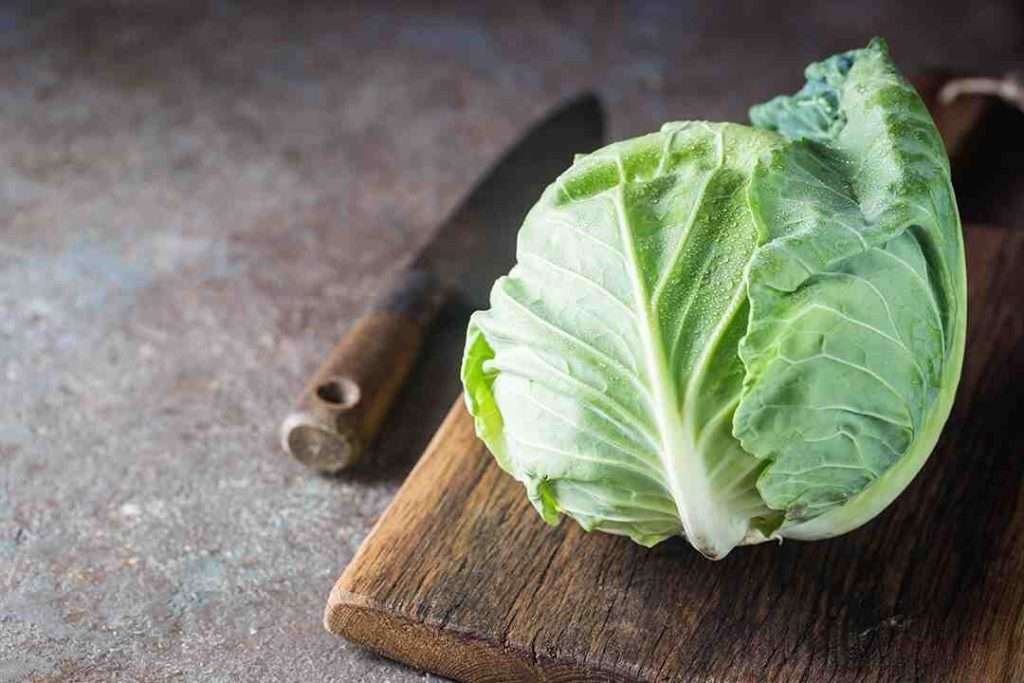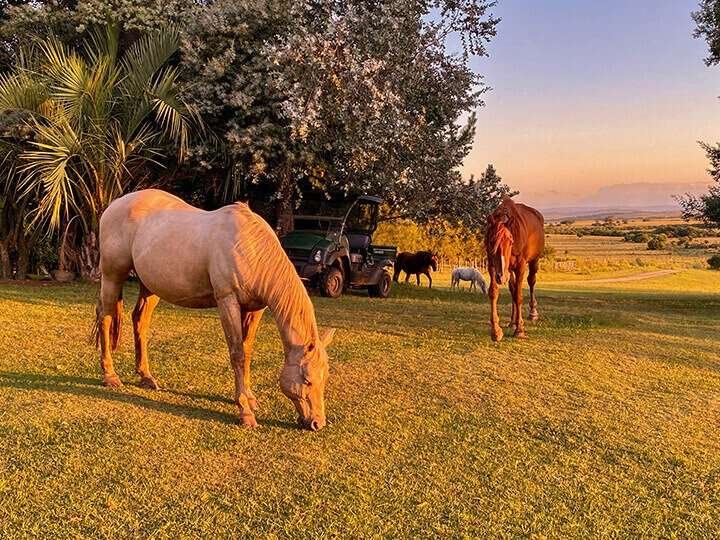Horses are herbivores, and their diet should consist of mostly forage, such as hay and grass. However, they can also benefit from eating leafy feeds, such as alfalfa hay, clover hay, dandelion greens, etc. Leafy feeds are a good source of vitamins, minerals, and fiber, which are all essential for horses’ health. Make sure to consider these feeds, treats for your horse.
Alfalfa hay
Alfalfa hay is a type of legume hay that is high in protein, calcium, and vitamins A and K. It is also a good source of fiber. Alfalfa hay is a popular choice for horses because it is a nutrient-rich feed that can help to keep horses healthy.
Pros
- It is a good source of protein, calcium, vitamins A and K, and fiber. These nutrients are essential for horses’ health and well-being.
- High fiber help horses to feel full and satisfied. This can help to prevent horses from becoming overweight or obese.
- High fiber content in alfalfa hay can help to keep horses’ digestive systems healthy and help prevent constipation and other digestive problems.
- The calcium content in alfalfa hay can help to promote healthy hooves which is important for horses that are active or that are prone to hoof problems.
Farnam Horseshoer’s Secret Deep-Penetrating Hoof Oil for Horses
Cons
- High sugar content can be a problem for horses that are prone to weight gain or insulin resistance.
- High fiber can cause digestive upset in some horses. So, it’s important to introduce alfalfa hay slowly to horses.
- Alfalfa hay is a more expensive type of hay than other types, such as grass hay.
Overall, alfalfa hay is a nutritious feed that can be beneficial for horses. However, it is important to be aware of the potential risks and to feed them in moderation. It is also important to talk to your veterinarian before feeding alfalfa hay to your horse, especially if your horse has any health conditions.
Is Alfalfa hay Economic?
When it comes to feeding horses depending on a number of factors, including the cost in your area, the amount of alfalfa hay your horse needs to eat each day, the quality of the alfalfa hay, and the availability of alternative feeds Alfalfa hay fall non-economical. In general, alfalfa hay is more expensive than grass hay. However, alfalfa hay is also higher in nutrients, so horses may need to eat less of it each day.
The alfalfa seeding rate is typically 12-15 pounds per acre, or 5.4-6.8 kilograms per hectare. However, the exact seeding rate will vary depending on the soil type, climate, and desired yield.
Here is a table of alfalfa seeding rates for different soil types:
| Soil Type | Seeding Rate (lbs/acre) | Seeding Rate (kg/ha) |
|---|---|---|
| Sandy | 15-20 | 6.8-9.1 |
| Loamy | 12-15 | 5.4-6.8 |
| Clay | 10-12 | 4.5-5.4 |
The climate can also affect the alfalfa seeding rate. In hot climates, a lower seeding rate may be necessary to prevent the crop from becoming stressed. In cold climates, a higher seeding rate may be necessary to ensure that the crop establishes well.
The desired yield is also an important factor to consider when determining the alfalfa seeding rate. The higher the desired yield, the higher the seeding rate will need to be.
For example, if you want to achieve a yield of 2 tons per acre, you would need to seed at a rate of 15 pounds per acre. However, if you only want to achieve a yield of 1 ton per acre, you could seed at a rate of 12 pounds per acre.
The amount of alfalfa hay your horse needs to eat each day will depend on their size, activity level, and health. A horse that is pregnant or nursing will need to eat more alfalfa hay than a horse that is not. The quality of the alfalfa hay is also important. High-quality alfalfa hay will be green and leafy, with few weeds or mold. Low-quality alfalfa hay may be brown or dry, and it may contain weeds or mold.
The availability of alternative feeds is also a factor to consider. If there are other affordable and nutritious feeds available, then alfalfa hay may not be the best option.
Bermuda grass
Bermuda grass is a warm-season grass that is native to tropical and subtropical regions. A highly adaptable grass that can grow in a variety of conditions, including sandy, clay, and loamy soils. Bermuda grass is also drought-tolerant and can withstand high temperatures.
Bermuda grass is a good source of fiber and vitamins A and C. It is also a good source of energy for horses. Bermuda grass hay is a good choice for horses that are active or that need to lose weight.
Pros
- High in fiber and vitamins A and C
- Good source of energy
- Drought-tolerant and can withstand high temperatures
- Adaptable to a variety of conditions
Cons
- Can be high in sugar and calories
- Can cause digestive upset in some horses
- Not a good choice for horses with allergies
Overall, Bermuda grass can be good hay for horses, but it is important to be aware of the potential risks and to feed it in moderation.




